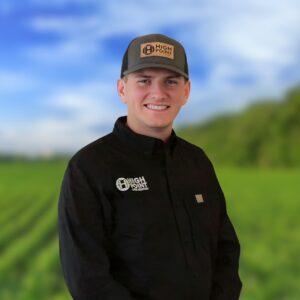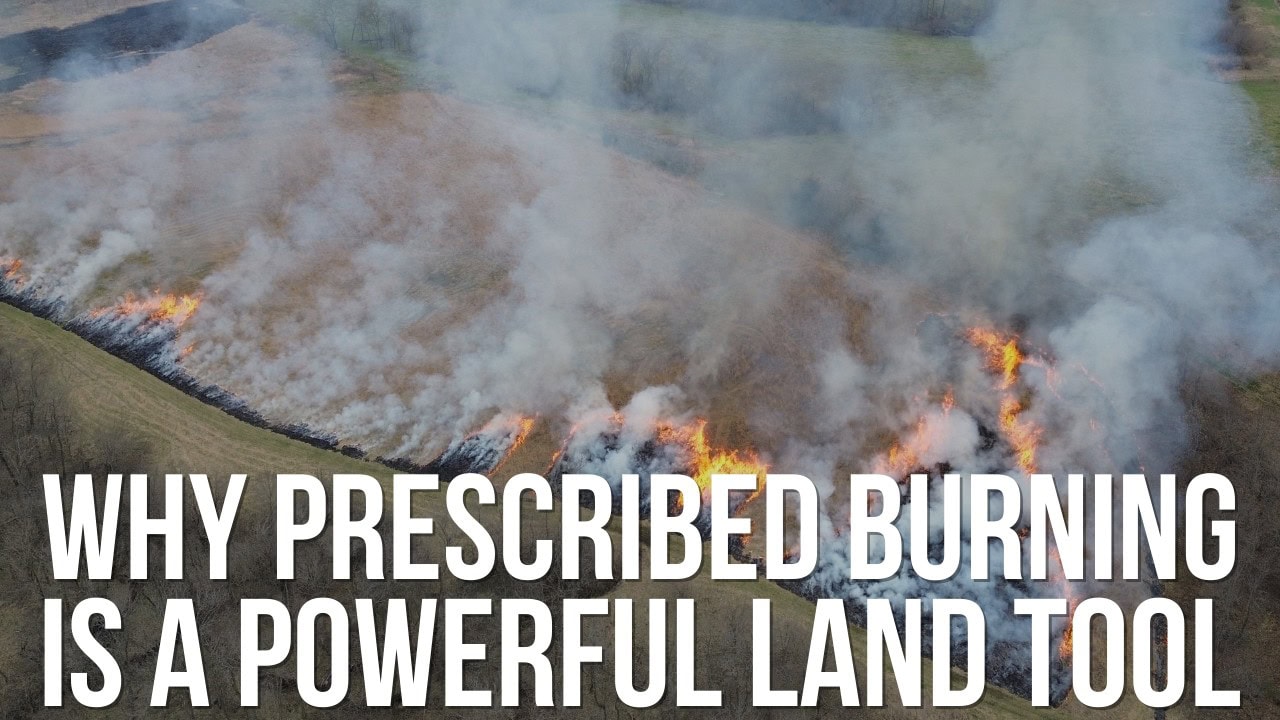Prescribed Burning: A Powerful Tool for Land Stewardship
 Travis Owen
Travis Owen
Missouri Land Specialist
Prescribed burning—also known as controlled burning—is one of the most effective, natural tools landowners can use to manage and improve their property. Whether you’re stewarding a century farm, managing hunting ground, or maximizing native grassland on CRP acres, fire can play a crucial role in long-term land health and productivity.
What is Prescribed Burning?
A prescribed burn is the intentional application of fire to a specific area under carefully controlled conditions. These burns are designed and executed by trained individuals that include landowners, friends, family, land managers, and conservation employees to achieve targeted land management goals—often mimicking the natural fire cycles that historically shaped North American ecosystems.
Unlike wildfires, which can be destructive and unpredictable, prescribed burns are planned with safety, weather, and ecological impact in mind.
Why Use Prescribed Burning?
- Boost Native Plant Growth: Fire helps eliminate invasive species and allows native grasses, wildflowers, and forbs to thrive. This is particularly important for land enrolled in conservation programs or managed for native prairie restoration.
- Improve Wildlife Habitat: Deer, turkey, and upland game birds benefit from the diverse vegetation that follows a burn. Open understory, new browse, and edge habitat attract everything from trophy bucks to nesting quail.
- Enhance Forage and Pasture Health: For livestock operations, burning can jumpstart spring growth, increase forage quality, and reduce brush encroachment—especially in fescue or mixed-grass systems.
- Reduce Fuel Load and Wildfire Risk: By clearing dead vegetation and underbrush, prescribed burning minimizes the risk of uncontrolled wildfires. It’s a proactive way to protect timber stands, buildings, and neighboring properties.
- Prepare Ground for Planting or Re-seeding: Whether you’re looking to frost-seed native grasses or establish food plots, burning can clean up residue, expose mineral soil, and reduce weed competition.
When is the Best Time to Burn?
The timing of your burn depends on your goals.
- Spring burns (typically February to April in the Midwest) favor warm-season grasses and reset woody growth.
- Late summer or fall burns can help control cool-season invasives like fescue or brome.
- Dormant season burns offer flexibility but may not provide the same vigor to warm-season species.
Always consult with local conservation agencies or certified burn professionals to plan the safest and most effective burn window.
Safety and Regulations
Prescribed fire is not a DIY activity. Burn plans must take into account wind direction, humidity, fuel moisture, burn breaks, smoke management, and escape contingencies. Many states require permits or burn certification before lighting a match.
Partnering with organizations like your local NRCS office, Prescribed burn associations, conservation districts, or private land management services ensures both safety and success.
Interested in Managing Your Land with Fire?
At High Point Land Company, we specialize in helping landowners make the most of their properties—whether that’s through habitat improvement, CRP management, or increasing recreational and resale value. If you’re curious about prescribed burning or need help connecting with trusted professionals in your area, give us a call.
High Point Land Company – Guiding You to the Peak of Land Ownership.
Do you want to learn more?
If you’re considering buying, selling, or managing land, reach out to a local High Point Land Company Agent. For more questions visit our YouTube Knowledge Center.
Travis was born and raised just outside of Middletown, Missouri. He spent his childhood in the outdoors, hunting and working on the family farm. After graduation, he hit the road as a pipefitter, hunting from state to state on his days off. In 2021, Travis moved back to Missouri and purchased his first piece of land with his wife in Lincoln County, MO. During the off-season, he enjoys improving the habitat for local wildlife. He has extensive knowledge of timber stand improvement, invasive species removal, and utilizing fire as a land management tool. Travis has a wealth of outdoor knowledge, from hunting and farming to dirt work. He is passionate about helping others succeed, no matter their goals. Whether you need assistance setting up a property for more efficient hunting, increasing encounters with target game species, solving erosion problems through soil conservation, or making land improvements, Travis is eager to help. If you are interesting in selling your farmland, call Travis at (573) 470-8776 or email him at travis@highpointlandcompany.com

